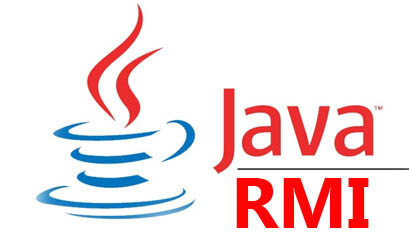732-491-7281 Mon.-Fri. 10:00-18:00 EST
RMI (Remote Method Invocation) is a way that a programmer, using the Java programming language and development environment, can write object-oriented programming in which objects on different computers can interact in a distributed network. RMI is the Java version of what is generally known as a remote procedure call (RPC), but with the ability to pass one or more objects along with the request. The object can include information that will change the service that is performed in the remote computer. Sun Microsystems, the inventors of Java, calls this "moving behavior."
